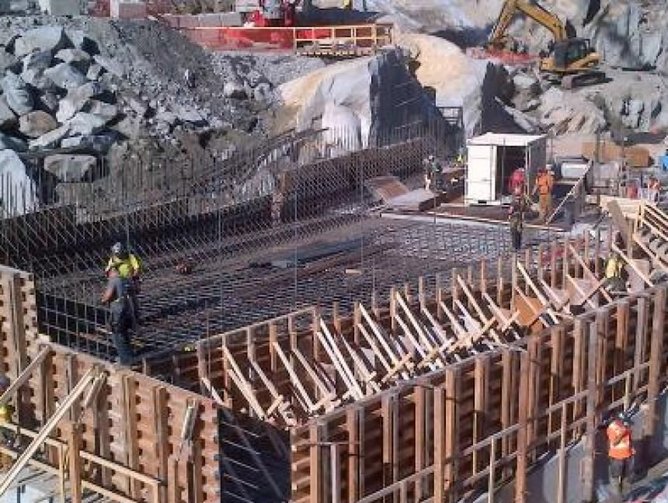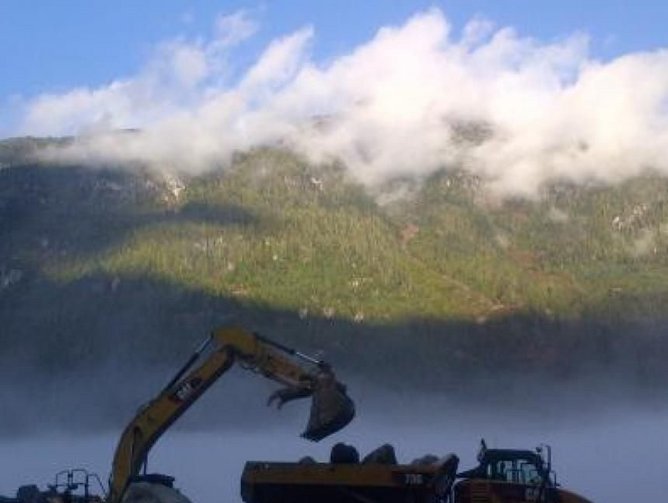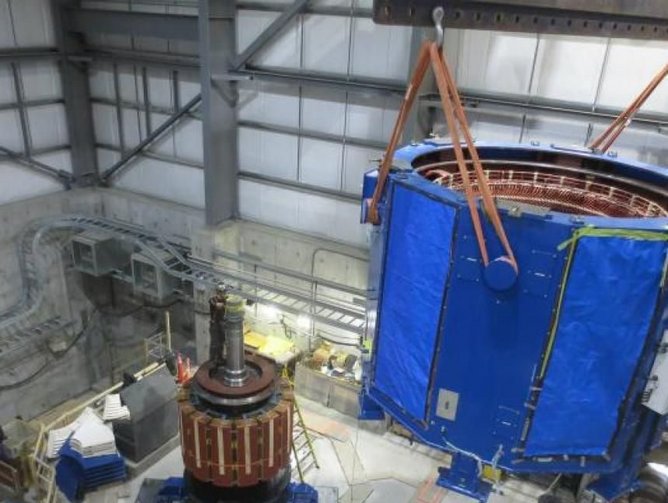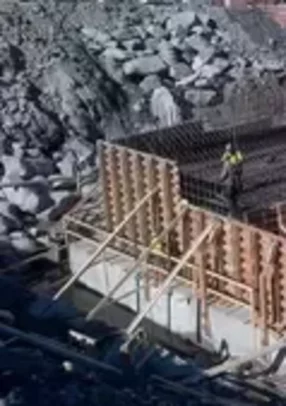The world is becoming increasingly environmentally conscious. How can energy companies serve communities with minimal damage to their surroundings? Jay Sutton, Vice President, Hydro Power at Alterra Power Corp, presents a solution. A civil engineer by training, Sutton is working with Alterra Power Corp to finalize the new Jimmie Creek Construction Project.
“Alterra is a renewable energy company and we have wind, geothermal and hydroelectric plants located in British Columbia, the US and in Iceland,” Sutton explains. The firm is a global leader in its sector, operating seven power plants totaling 819 MW of generation capacity.
The Jimmie Creek Construction Project is a renewable power facility constructed on the creek the project takes its name from, a waterway in British Columbia’s Toba Valley. The hydroelectric project produces 62 megawatts of power, enough electricity for over 15,000 homes. Sutton, who has worked on British Columbia hydroelectric projects since 2008, tells us more.
The Project
“There are incredible resources up in Toba Valley. From a water perspective it’s a great geographical location for run-of-the river hydroelectric projects,” he says. Unlike traditional hydroelectric projects, which flood large areas of land, run-of-river projects divert a portion of the flow from the river into a pipe called a penstock. The penstock carries the water downhill to a generating station. Gravity produces the energy required to spin the turbines, then the turbines produce electricity. When the water leaves the generating station, it is returned to the river it was diverted from.
“There are many areas with steep valleys and high run-off in British Columbia,” Sutton continues. “So we hired a company do a screening of areas up and down the coast of British Columbia and the Toba Valley was one of the areas with the highest potential.”
The Jimmie Creek Construction Project will join two existing Alterra plants in the Toba Valley: The East Toba and Montrose projects.
Employees
“The crews that operate our East Toba and Montrose project started training on the Jimmie Creek project in January. They’ve been training for the last eight months so that when Jimmie Creek started generating in July they were fully prepared to start operations,” Sutton comments.
He tells us about the Jimmie Creek Construction Project’s employment structure. During construction 200 people were working on the site, but now that the project has finished, the staff size has been whittled down to two crews of six employees. The smaller team will operate all three plants: East Toba, Montrose and Jimmie Creek.
Sutton expands: “They’ll operate on a one week in and one week out rotation. There’s no roads to the valley, so when they work on site, they actually live on site at our East Toba plant.”
Partners
Alterra Power Corp worked with a number of partners to finalize the Jimmie Creek Project.
“The financial partner that we own and operate the project with is called Axium Infrastructure, a Montreal based portfolio management company that are our partners on the two other hydroelectric plants, East Toba and Montrose, as well as our Dokie windfarm in Northeast British Columbia,” Sutton tells us.
Axium has followed the project closely. “They made regular trips to site during the construction and recently visited the site to have a look at the project as it is being completed,” Sutton says.
Alterra Power Corp also partnered with Klahoose First Nation. The Jimmie Creek project lies within the traditional territory of Klahoose First Nation.
Sutton elaborates: “We worked closely with the Klahoose during the construction, they performed to a number of significant contracts for the construction of the project and a significant amount of the workforce were Klahoose members.”
Regarding clients, “there’s only one customer in British Columbia that purchases the power, BC Hydro,” Sutton says. BC Hydro and Power Authority is the main electric distributor in British Columbia. It is owned by the Province of British Columbia. The Jimmie Creek construction project is currently selling its power under a contract with Powerex Corporation. Its 40-year contract with BC Hydro will begin when full commercial operations start in August.
Sutton adds. “We’re still finalizing the last remaining items on each of the construction contracts and contractors have a warranty that lasts three years on the project.”
Sustainability
Sutton moves on to talk about a key focus of the Jimmie Creek Construction Project: sustainability. “These projects are renewable, they take nothing from the environment, they have no exhaust pipes and don’t emit any greenhouse gases,” he explains.
Alterra Power Corp has tried to minimize the area that the plant is constructed on. When the plant is constructed, the Alterra team rehabilitates all the areas that they can, so they can replant grasses and trees to try to restore the area.
“They have a very small footprint and they have no emissions, they’re low impact projects,” Sutton says. He added that there are a number of people who monitor the construction site and ultimately provide a review on environmental stewardship. These independent monitors are either hired by Alterra or by the province.
“They make sure there’s minimal environmental impact during construction so that there’s minimum impact afterwards,” Sutton neatly summarizes.
The Future
Alterra is not stopping at the Jimmie Creek Project. “We have one more project located in the valley called Tahumming River and it’s another small run-of-the-river project. We hope to start construction in 2017.”
2017 will be a big year for Alterra – it is also looking at developing wind and solar projects in the US for construction around that time. Led by the recently completed Jimmie Creek Construction Project, Alterra is headed for future sustainable success.













